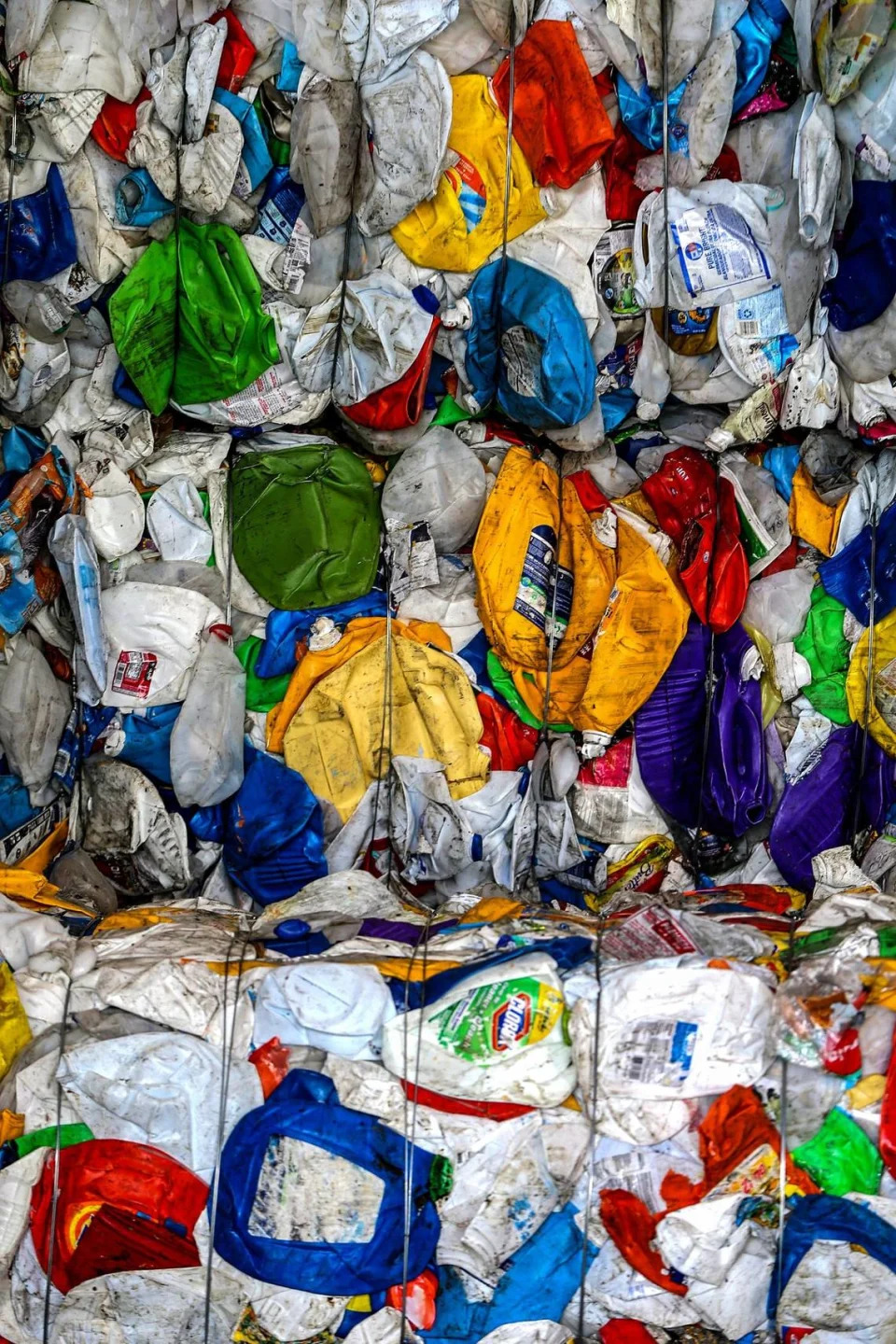We all have in our minds the poignant images of animals suffering the consequences of our plastic consumption, such as the turtle whose shell was squeezed by a plastic ring or the whale that held 30 bags in its stomach. In addition, there is growing concern about pollution caused by microplastics, which can be ingested by multiple organisms that will inevitably end up in the food chain. The economic model developed in recent decades, based on producing, consuming and disposing of plastics, is to blame for all this.
How can plastics be recycled?
There are several strategies to tackle the problem, and one of the most important is to recycle plastics, as promoted by the European Green Pact. This can be done in two ways: mechanical recycling or chemical recycling.
The former consists of collecting the containers, sorting them at the recycling plant, crushing, washing and melting them to obtain a homogeneous starting material. The chemical method, on the other hand, is based on breaking down the plastic polymer into its smallest constituent units: the so-called monomers. From these components, a new plastic is then manufactured in the conventional way.
Although at first glance it may seem simple and a fantastic solution to the environmental problem, there are drawbacks. One of the main obstacles is chemical contamination, especially when plastics used as food containers are recycled into new food packaging.
In this case, the contaminants present in the recycled materials can not only alter the taste of the food, but could also endanger human health.
What contaminants do recycled plastics contain?
They come from the following sources:
- All plastics used in packaging contain multiple substances that are added to the polymer to improve its flexibility, oxidation, stability, etc.
- Compounds that have not been added intentionally: impurities, substances produced by reaction between different additives – or between these and the food – and others arising from degradation of the additives.
- Residues from previously packaged food, since some of them are not removed during cleaning.
- Inks and labels with adhesives that are not always completely removed during the cleaning process and whose components can also be absorbed by the polymer.
- Cross-contamination due to the different stages of recycling, from the container where all the mixed containers are deposited to the process carried out in the recycling plant (shredding and washing).
From these data it can be concluded that recycled plastics contain more potentially contaminating substances than virgin plastics.
How do we ensure food safety?
Many of the compounds mentioned can be transferred to food by a process called migration. To prevent this, all packaging has to comply with the Framework Regulation on materials and articles intended to come into contact with food. This European regulation states that they cannot transfer substances that are harmful to health or change the organoleptic properties of food. To verify that recycled plastics comply with the regulation, the packaging undergoes exhaustive tests in which the migration of contaminating compounds is studied for each food group.
Success stories: safe recycled plastics
Recycled PET (polyethylene terephthalate) is the most studied plastic and has long been used for packaging. It is used to make water bottles or soft drinks, among other products.
What makes this plastic the first to have been recycled and reintroduced into the market? The following reasons are worth highlighting:
- It is easy to separate it from the rest of the plastics in the recycling process.
- It is easy to remove caps and labels from the material.
- It needs very few additives, so the migration of these to food is lower.
- It has very low contamination from inks.
- It has little capacity to absorb contaminants.
- The technology to recycle it is very advanced.
Other types of recycled plastic are polyolefins (polyethylene and polypropylene), which are used to package frozen foods, pastries, milk bottles, etc. However, as a large proportion of these come from packaging that is not used for food contact, they can transmit numerous potentially contaminating substances to food. In addition, they have a high capacity to absorb these compounds.
The use of these recycled materials is the next milestone that society must reach in order to advance in the circular economy.

